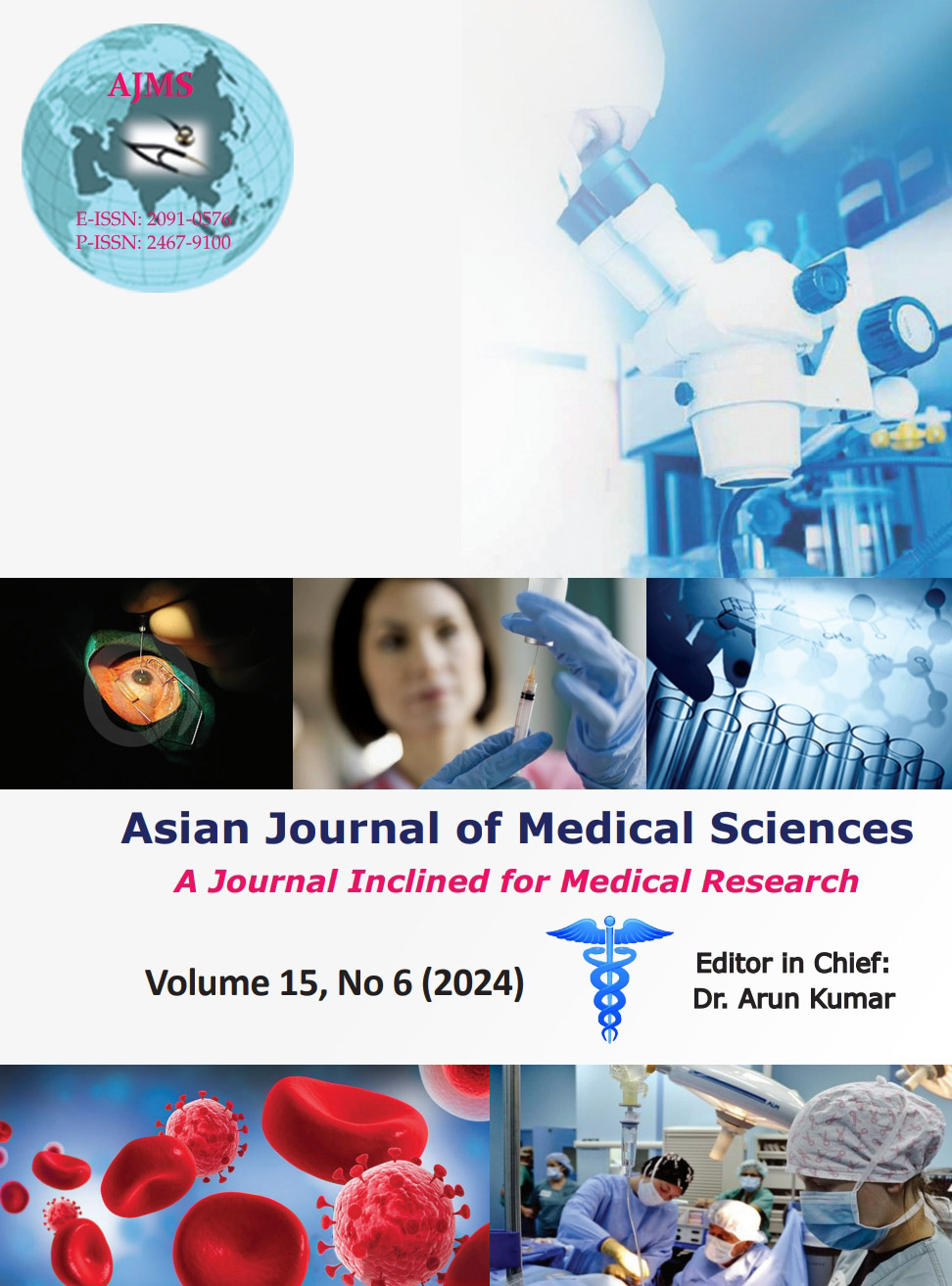The efficacy and safety of granisetron with ondansetron for the prevention of post-operative nausea and vomiting in patients undergoing cesarean section under spinal anesthesia
Keywords:
Spinal Anaesthesia; Cesarean section; Granisetron; Shivering; Nausea; VomitingAbstract
Background: Spinal anesthesia often causes more post-operative nausea and vomiting (PONV). Cesarean-section patients have a significantly more PONV rate. Therefore, evidence-based knowledge about PONV prevention and care for high-risk individuals is urgently needed to reduce the consequences.
Aims and Objectives: The aim of the study was to compare the efficacy and safety of granisetron with that of ondansetron in the prevention of PONV in patients undergoing cesarean section under spinal anesthesia.
Materials and Methods: A total of 86 pregnant women with American Society of Anesthesiologists grade I–II scheduled for cesarean delivery under spinal anesthesia were enrolled. Patients were divided into two equal groups (n=43): Ten minutes before spinal anesthesia, patients in group B (granisetron) received 2 mg granisetron intravenously diluted to 10 mL with normal saline, whereas patients in group A (ondansetron) received 4 mg ondansetron.
Results: There was no significant difference between Groups A and B in terms of the number of vomiting episodes between 0 and 6 h. Group A had significantly more episodes of nausea after 2 h than Group B after 0–2 h. After 2–6 h, however, the nausea was similar in all groups. Of the patients in Group A, 4 (9.3%) required antiemetic medication, in Group B, it was 2 (4.7%). In Group A, 8 patients (18.6%) and 6 patients (14%) complained of headache and dizziness, respectively; in Group B, 3 patients (7.0%) and (0%), respectively. Dizziness was significantly more pronounced in Group A than in Group B.
Conclusion: The results of the study show that granisetron (2 mg) was more effective than ondansetron (4 mg) in minimizing PONV episodes in women undergoing spinal anesthesia for cesarean section. There were no significant side effects and both drugs were comparatively safe.
Downloads
Downloads
Published
How to Cite
Issue
Section
License
Copyright (c) 2024 Asian Journal of Medical Sciences

This work is licensed under a Creative Commons Attribution-NonCommercial 4.0 International License.
Authors who publish with this journal agree to the following terms:
- The journal holds copyright and publishes the work under a Creative Commons CC-BY-NC license that permits use, distribution and reprduction in any medium, provided the original work is properly cited and is not used for commercial purposes. The journal should be recognised as the original publisher of this work.
- Authors are able to enter into separate, additional contractual arrangements for the non-exclusive distribution of the journal's published version of the work (e.g., post it to an institutional repository or publish it in a book), with an acknowledgement of its initial publication in this journal.
- Authors are permitted and encouraged to post their work online (e.g., in institutional repositories or on their website) prior to and during the submission process, as it can lead to productive exchanges, as well as earlier and greater citation of published work (See The Effect of Open Access).




